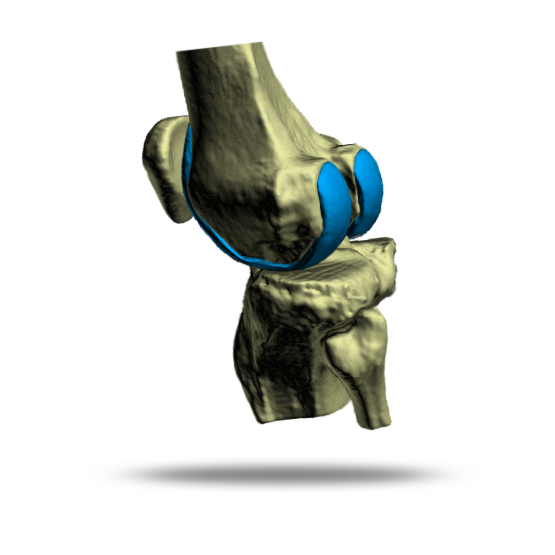Technology Project
EXPERTEB

Objective:
Automated realization of the design and development process for patient-specific prostheses and implants using computer-aided routines and algorithms
Partners:
Duration: 01.10.2017 - 30.09.2020
The technology project "Expert System for the Design and Manufacture of Endoprostheses by means of Electron Beam Melting (EBM)" (EXPERTEB) aims at both automation and improved user support to accelerate and simplify the manufacturing process for patient-specific endoprostheses, also as a prerequisite for the model optimisation envisaged beyond this. Individual endoprostheses have a significant advantage because their design is specially adapted to the patient's anatomy. This means that the artificial joint and the patient's bone fit together perfectly even before the operation. As a result, the doctor has to remove much less bone material during the operation than with traditional endoprostheses / implants. This becomes even more important, especially for younger patients, because with a durability of more than 20 years, there is more of the patient's own bone material available for a possible replacement operation. In addition, the new imaging and manufacturing methods enable exact geometries to be achieved, which, in contrast to the available standard implants, do not require any compromises. The design and development process for patient-specific prostheses or implants is to be automated by means of modern, computer-supported routines and algorithms. The planned expert system should, based on the digital image data of the patient and supported by artificial intelligence (neuronal network, evolutionary strategies), deliver almost independently optimal design proposals or support the designer / manufacturer significantly in the design of complex cases. These automatically generated 3D-computer models should on the one hand take the individual anatomical conditions of the patient into account as best as possible, and on the other hand the aseptic loosening due to postoperative bone remodeling, especially on load-bearing implants, should be reduced by a biomechanically optimal implant design. This strategy combines the aspects of maximizing the implant service life in the patient with the minimization of the previously manual, very time-consuming and cost-intensive development and design process' to generate the 3D CAD model for a patient-specific restoration.
Scientific objectives of the project (for example application of the knee joint)
-
Automation of currently mainly manual processes, such as CAD generation (with segmentation and reverse engineering), numerical modelling (with meshing and definition of boundary conditions).
-
Further optimization of the individual implant design with regard to biomechanical properties of the implant or implant composite to ensure optimal clinical care.
-
Development of an automatic process (expert system) for the design of an individual knee prosthesis (generation of the digital model for additive manufacturing) on the basis of individual CT/MRT data and use of knowledge-based and intelligent procedures to ensure product quality and reduce the manual effort and thus the development time
